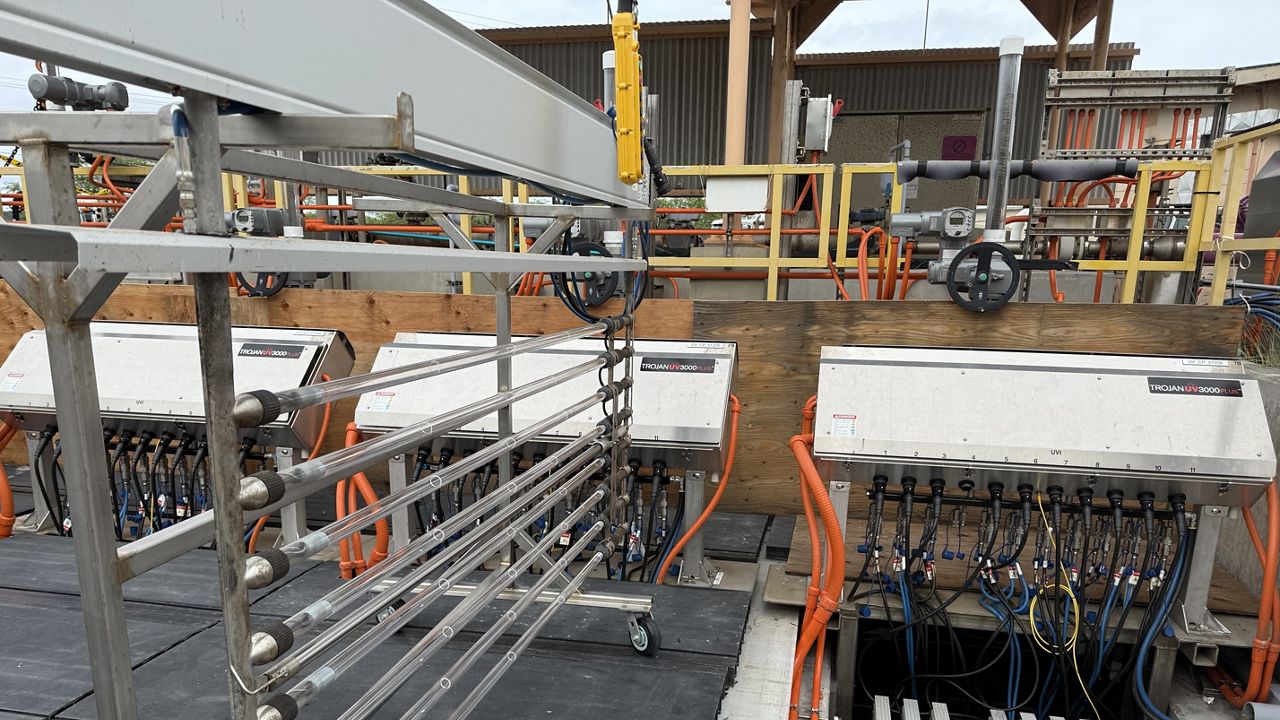A New Era in Cancer Treatment: Tumor-Destroying Sound Waves
In a significant breakthrough in the field of oncology, a new treatment method known as “histotripsy” has been developed, which uses high-energy acoustics or sound waves to destroy tumors. This innovative technique has been approved by the FDA for use in treating liver cancer.

The Science Behind Histotripsy
Histotripsy is a non-invasive treatment that focuses ultrasound waves to mechanically destroy target tissue with millimeter precision. The method works by using targeted ultrasound waves to form microbubbles within the tumor. The forces created as these bubbles form and collapse cause the mass to break apart, killing tumor cells and leaving the debris to be cleaned up by the immune system.
The Edison Platform
The histotripsy treatment is administered using a device called Edison, developed by HistoSonics, a company founded in 2009. The Edison device uses ultrasound, allowing physicians to be very precise with targeting which tissues are destroyed. This precision helps avoid the damage and trauma of invasive surgery and the debilitating side effects of chemotherapy and radiation.
Clinical Trials and Results
Histotripsy has been tested successfully in animals and humans. In two trials in mice, it was observed that even if Edison was able to destroy only 50% or 70% of the tumor tissues, subsequent immune responses in the mice were observed which further deteriorated the tumors.
Moreover, an FDA human trial started in 2021 confirmed that HistoSonic’s device, Edison, can destroy cancer tumors. Mishal Mendiratta-Lala, professor of radiology with Michigan Medicine and principal investigator on the trial at U-M, stated that “Histotripsy is an exciting new technology that, although it is in early stages of clinical use, may provide a noninvasive treatment option for patients with liver cancer. Hopefully it can be combined with systemic therapies for a synergistic therapeutic effect”.
Future Implications
The approval of histotripsy by the FDA marks a significant milestone in cancer treatment. It provides a promising alternative to traditional cancer treatments such as surgery, radiation, and chemotherapy. Furthermore, this technique could potentially lead to fewer concerns with drug compatibility, far shorter recovery times than with surgery, and less treatment discomfort.
In conclusion, histotripsy represents a significant advancement in oncology. It offers hope for a future where cancer treatment is less invasive and more effective. As research continues and this technology becomes more widely available, it could revolutionize the way we approach cancer treatment.
What is Your Reaction?
 Like
0
Like
0
 Dislike
0
Dislike
0
 Love
0
Love
0
 Funny
0
Funny
0
 Angry
0
Angry
0
 Sad
0
Sad
0
 Wow
0
Wow
0
































































/environment-climate-change-and-health-(ech)/water-sanitation-hygiene-and-health-(wsh)/landfill-tuvalu-36092.tmb-1200v.jpg?sfvrsn=5c21fe40_1#)
:focal(1500,1000)/https://media.globalcitizen.org/a6/9a/a69a4720-d8a1-4715-b596-18738d03c05c/rotary_polio_hero_image.jpg?#)








